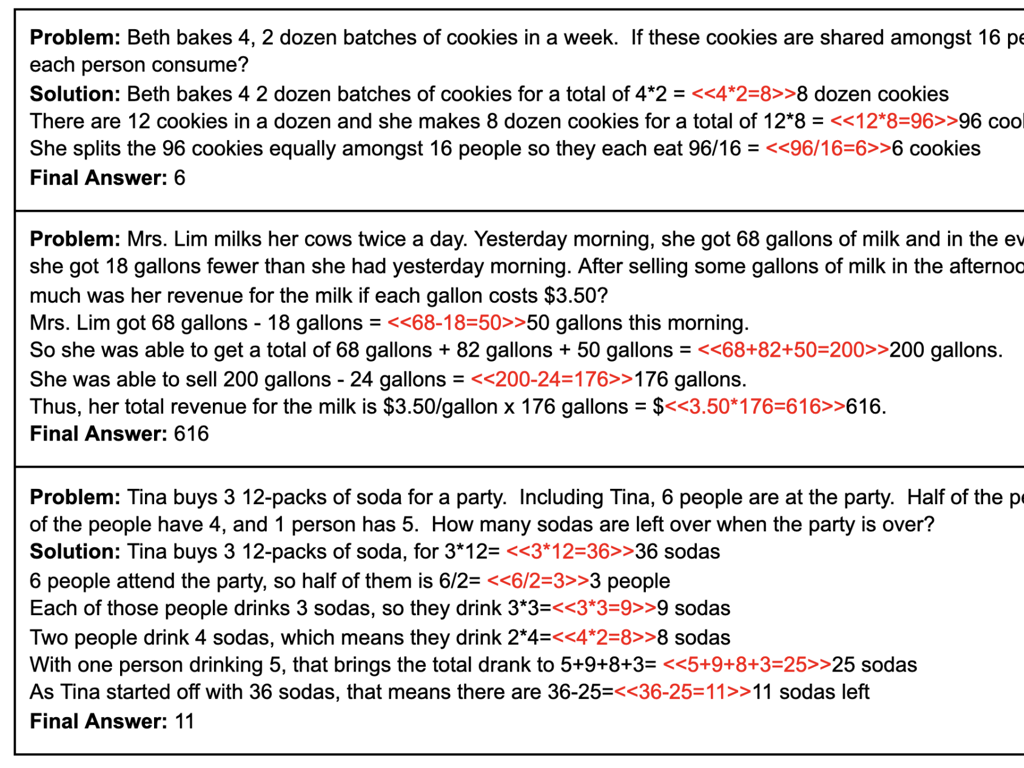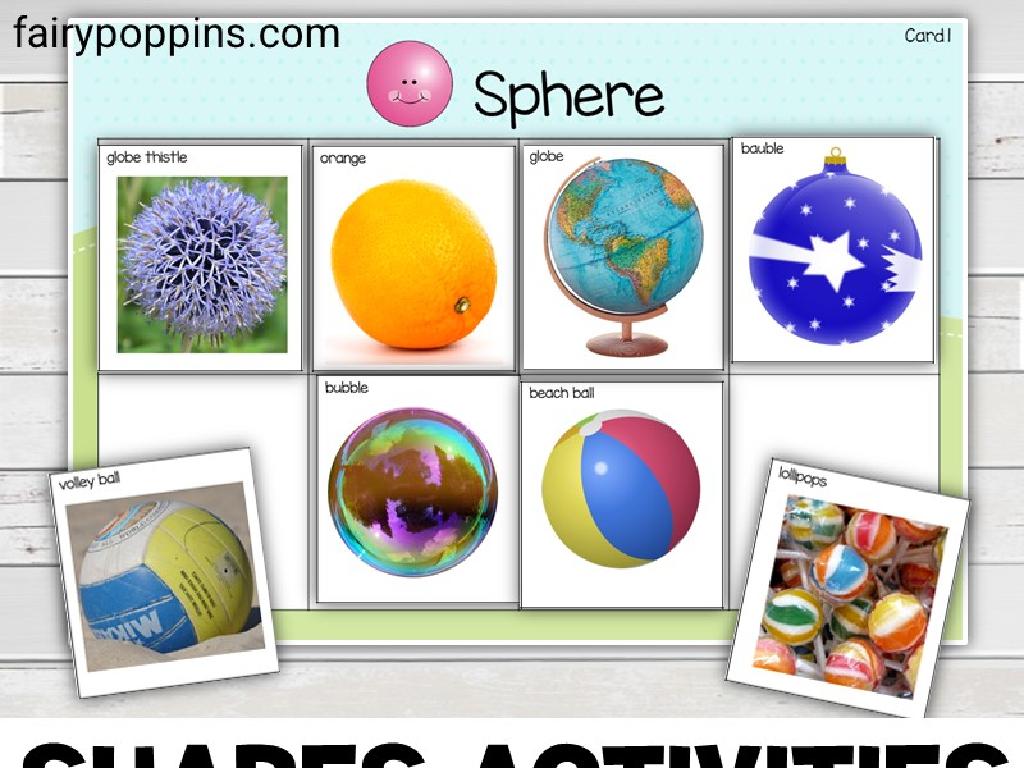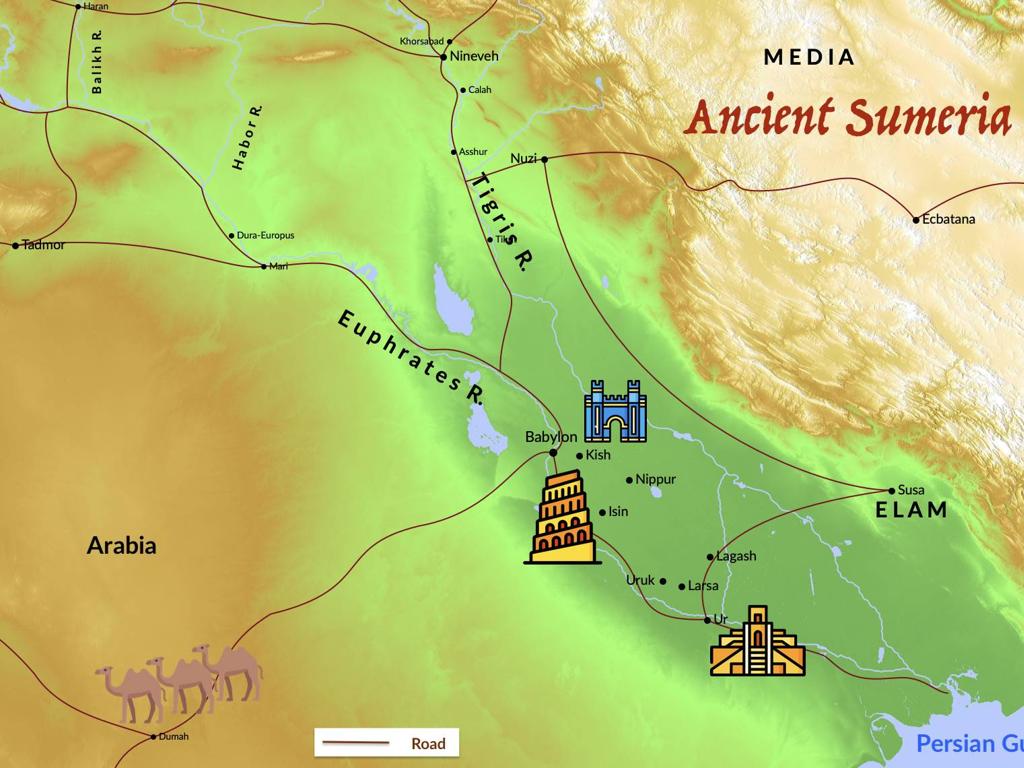Identify States Of The Northeast
Subject: Social studies
Grade: Fifth grade
Topic: States
Please LOG IN to download the presentation. Access is available to registered users only.
View More Content
Exploring the Northeast Region
– Discover the Northeast of the US
– A region known for its rich history and diverse seasons.
– Learn about regions and states
– Regions are areas with common features; states are smaller areas within a country.
– Understand the Northeast’s significance
– It’s a hub of American history, culture, and economy.
– Recognize states in the Northeast
– Can you name some states in the Northeast?
|
This slide introduces the Northeast region of the United States, aiming to familiarize fifth-grade students with the concept of regions and states. The Northeast is particularly important due to its historical significance as the birthplace of American democracy, its cultural diversity, and its economic contributions. Students should be encouraged to identify states such as New York, Pennsylvania, and Massachusetts, among others, and discuss what makes this region unique. Engage the class with a map to help them visualize the location and ask them to bring up any prior knowledge or family connections to the Northeast.
Exploring the Northeast States
– List the Northeast states
– States include Maine, Vermont, New Hampshire, Massachusetts, Rhode Island, Connecticut, New York, New Jersey, and Pennsylvania.
– Locate the Northeast on a map
– Use a U.S. map to find the Northeast region above the Southeast and to the right of the Midwest.
– Characteristics of the Northeast
– The Northeast is known for its rich history, distinct seasons, and bustling cities.
– Discuss why these features are unique
|
This slide aims to help students identify and learn about the Northeast region of the United States. Begin with listing the states that comprise the Northeast, ensuring students are familiar with each state’s name and location. Show the region on a map to provide a visual understanding of its geography. Discuss the unique characteristics of the Northeast, such as its historical significance in the founding of the United States, its varied climate with four distinct seasons, and its major cities like New York City and Boston. Highlight how these features contribute to the region’s identity and influence the lifestyle of its inhabitants. Encourage students to think about how the geography and climate of the Northeast might differ from their own region.
State Capitals and Symbols of the Northeast
– Learn Northeast state capitals
– Capitals are where state leaders work
– Discover state symbols
– Symbols represent state’s heritage
– Understand symbols’ meanings
– Each symbol has a unique story or significance
– Explore fun state facts
– Fun facts make learning about states more interesting
|
This slide is aimed at helping students memorize the capitals of the Northeast states by associating them with interesting symbols and fun facts. Emphasize that state capitals are important cities where the government conducts its business. Discuss how state symbols, such as the state bird or flower, often have historical or cultural significance. Encourage students to explore the unique background of each symbol and share any fun facts they find engaging. This will not only aid in memorization but also deepen their understanding and appreciation of the Northeast region’s history and diversity.
Geography and Climate of the Northeast
– Physical geography of the Northeast
– Mountains, valleys, and coastlines define the area.
– Climate’s impact on the region
– Seasons range from hot summers to snowy winters.
– Geography shaping daily life
– Harbors and rivers aided colonial trade and settlement.
– Climate influencing lifestyle
– Winter sports are popular due to snowy conditions.
|
This slide aims to give students an understanding of the Northeast’s physical geography, including its mountains, valleys, and extensive coastline, and how these features have shaped the region’s development. Discuss the varied climate of the Northeast, characterized by distinct seasons, and how this affects everything from agriculture to daily life. Provide examples such as the importance of harbors and rivers in the region’s history and economy, and how the climate allows for winter sports like skiing and snowboarding. Encourage students to think about how the geography and climate where they live influence their own lives.
Economy and Culture of the Northeast
– Overview of Northeast’s economy
– It’s a hub for finance, education, and technology.
– Cultural diversity in the region
– A melting pot of various cultures, enhancing the region’s uniqueness.
– Historical landmarks significance
– Landmarks like the Statue of Liberty tell stories of our past.
– Interconnection of economy and culture
– Cultural events attract tourism, boosting the economy.
|
This slide aims to give students an understanding of how the Northeast’s economy is bolstered by its rich cultural diversity and historical significance. The region is known for its strong financial sector, prestigious educational institutions, and innovative technology firms. Cultural diversity is celebrated through various ethnic neighborhoods and festivals, which contribute to the region’s unique identity. Historical landmarks not only serve as reminders of the past but also as attractions that stimulate economic growth through tourism. Discuss how these elements of economy and culture complement and strengthen each other, making the Northeast a vibrant and prosperous area.
Class Activity: Mapping the Northeast
– Receive a blank Northeast map
– Fill in states and capitals
– Label geographic and cultural landmarks
– Share and discuss an interesting fact
– Maybe discuss the significance of the Liberty Bell or Niagara Falls
|
This activity is designed to reinforce the students’ knowledge of the Northeast region of the United States. Each student will be given a blank map to fill in, which will help them visualize and memorize the states and their capitals. Encourage them to accurately label major geographic features like the Appalachian Mountains and cultural landmarks such as the Statue of Liberty. After completing the map, students will pair up to share their work and discuss one interesting fact they have learned about the Northeast. This could be historical, cultural, or geographical. Possible activities for different students could include researching a specific state, creating a fact file for a landmark, or even a mini-presentation on a Northeastern state’s history.






